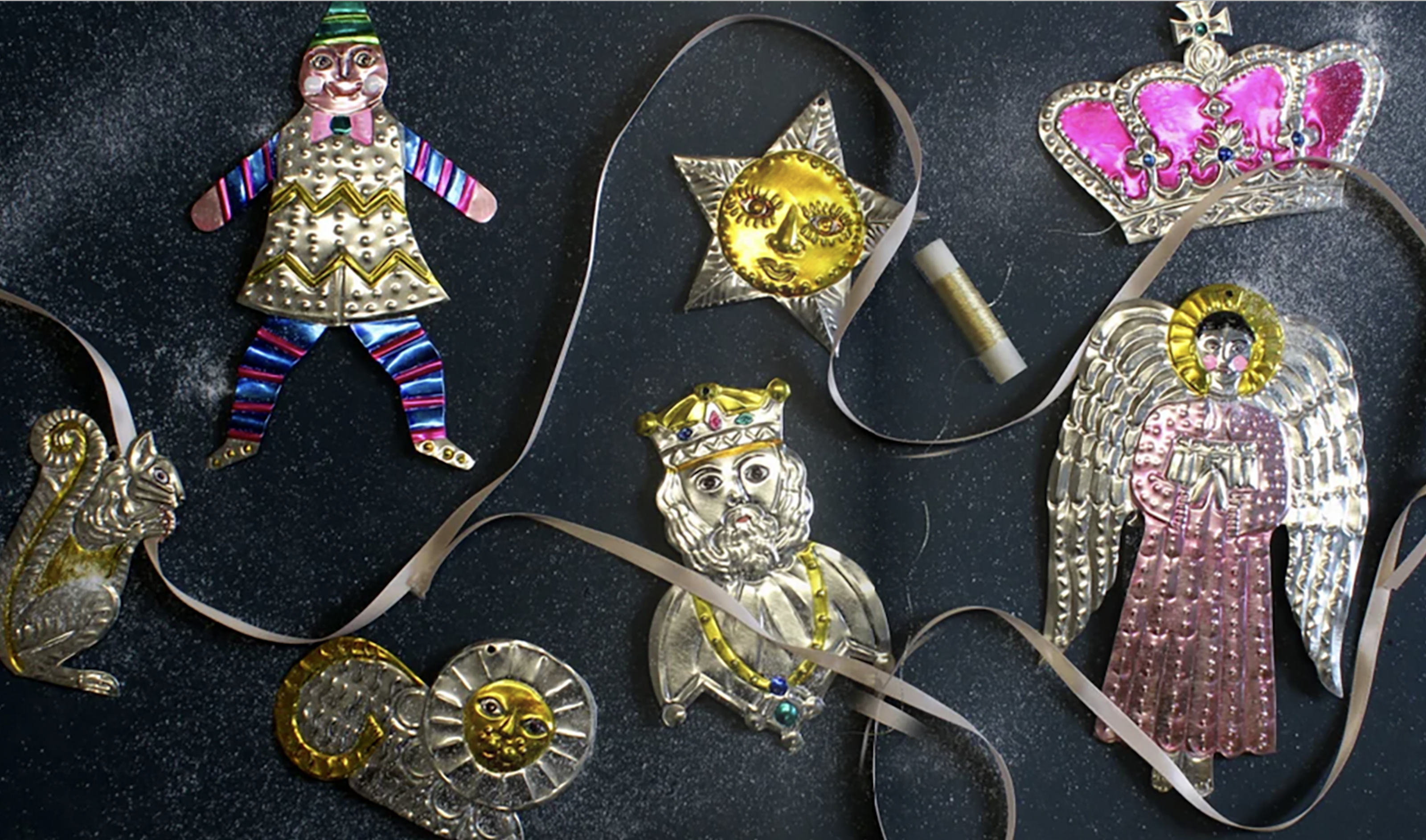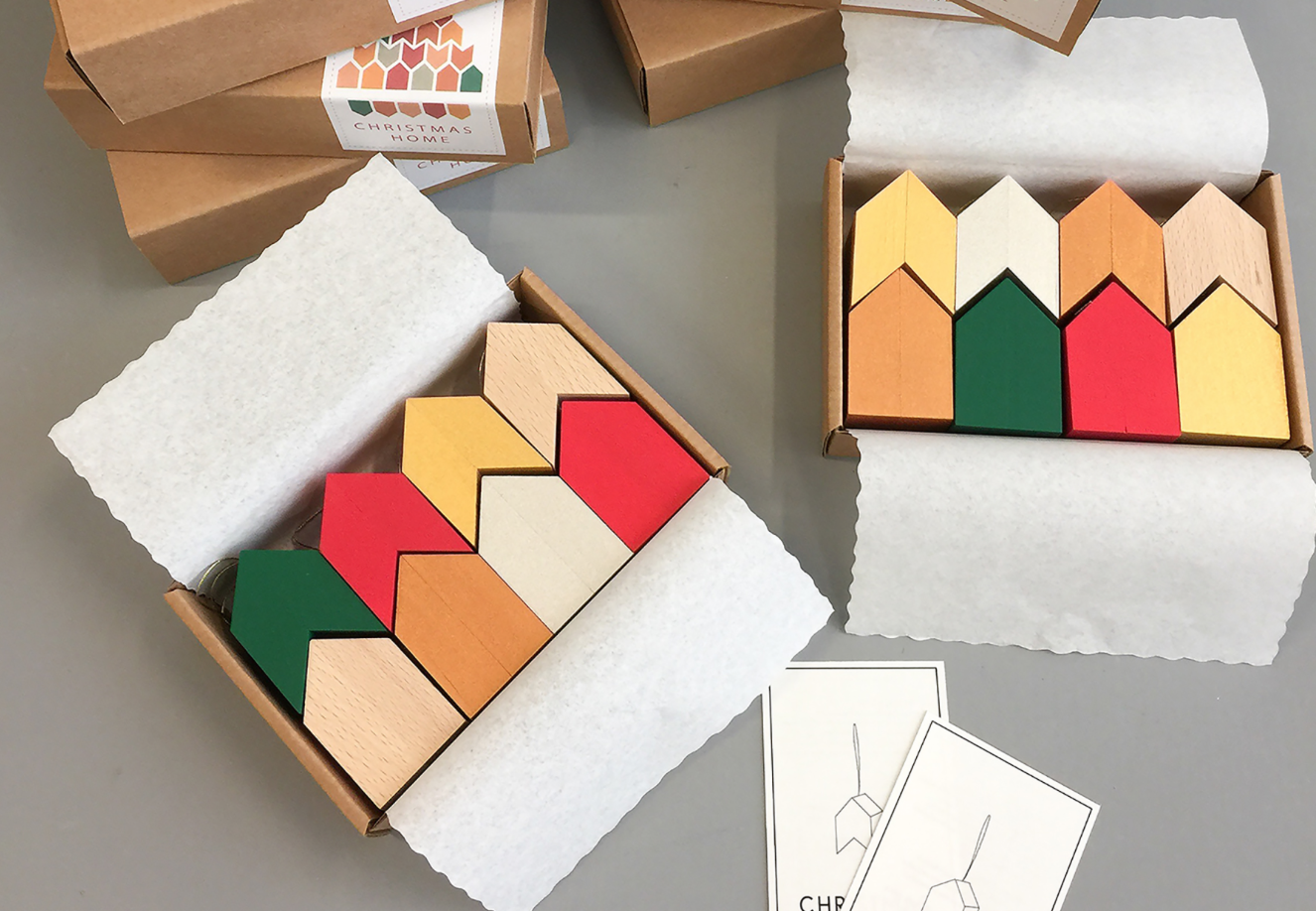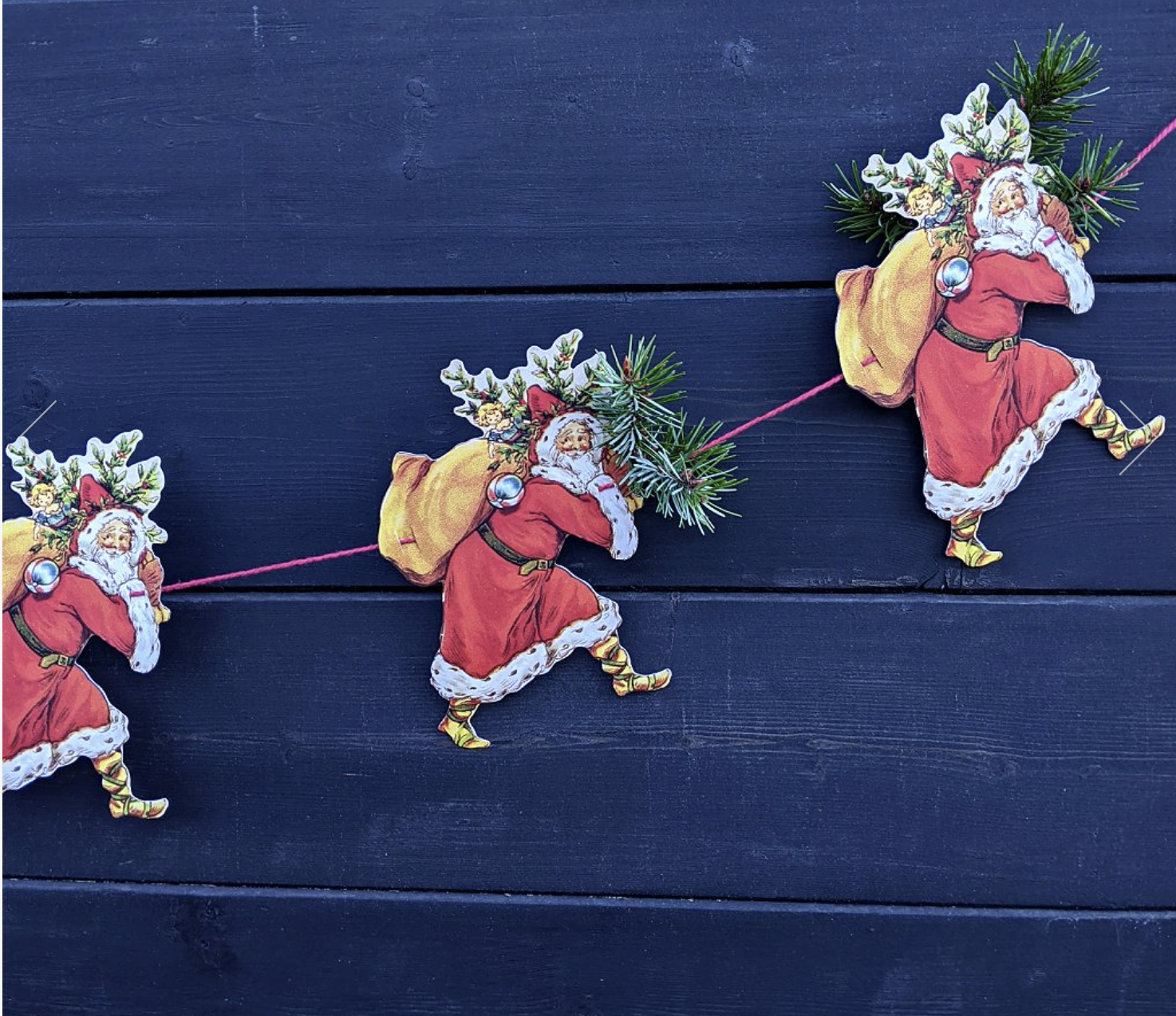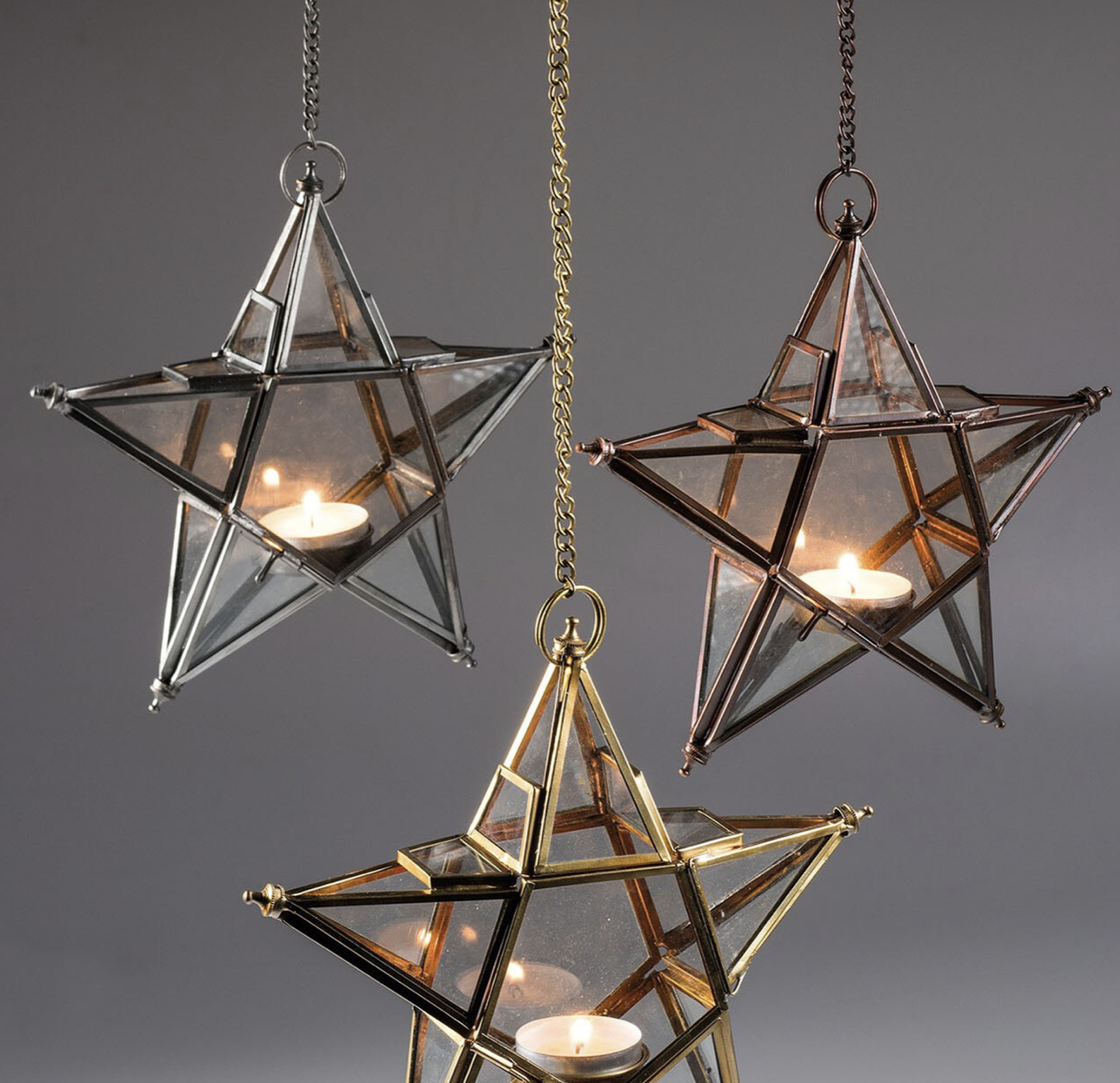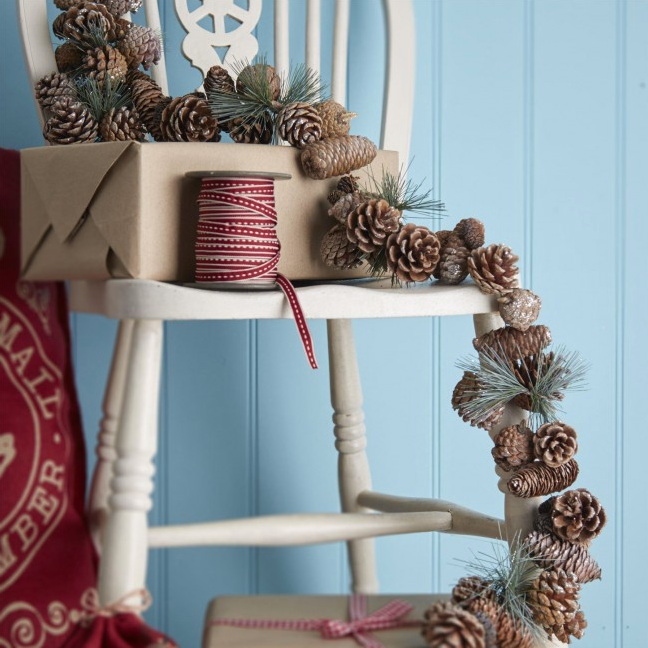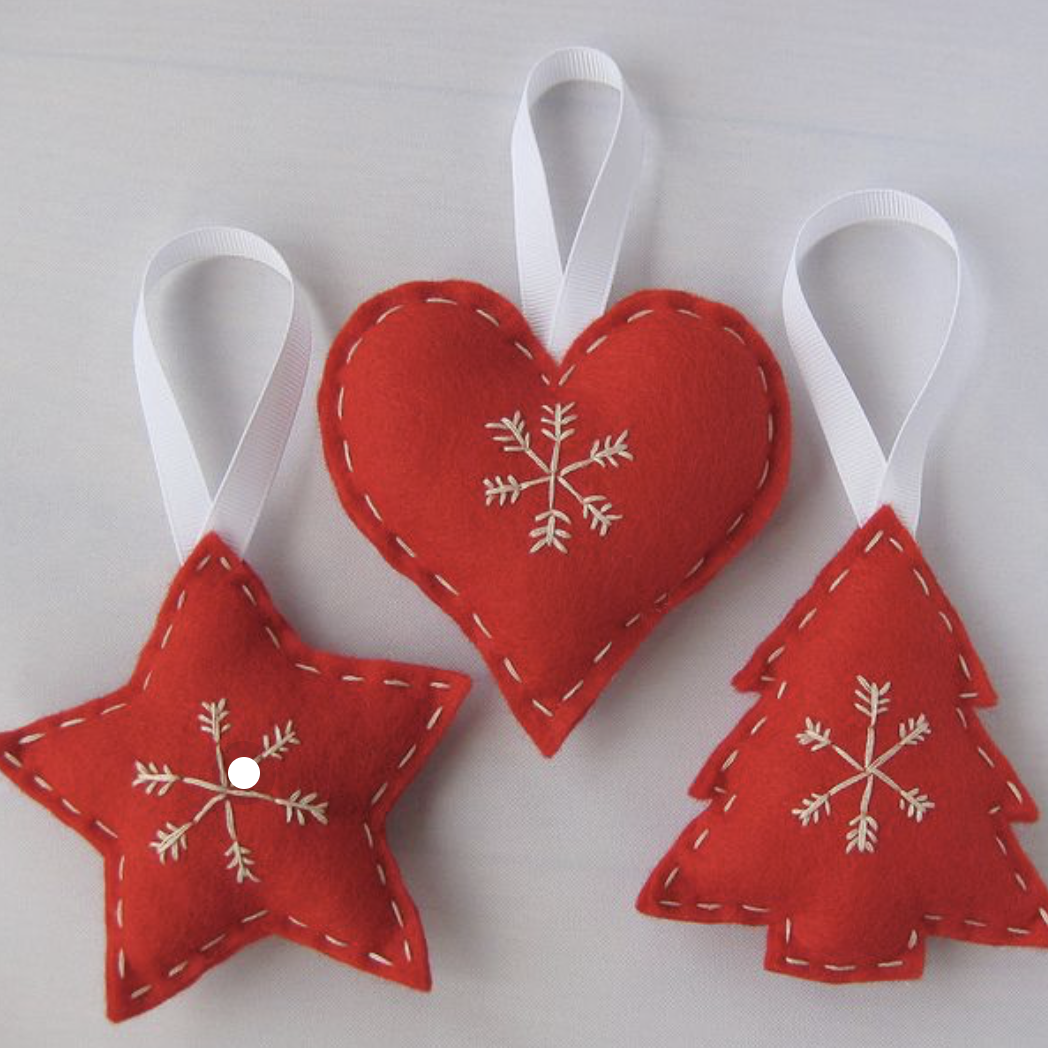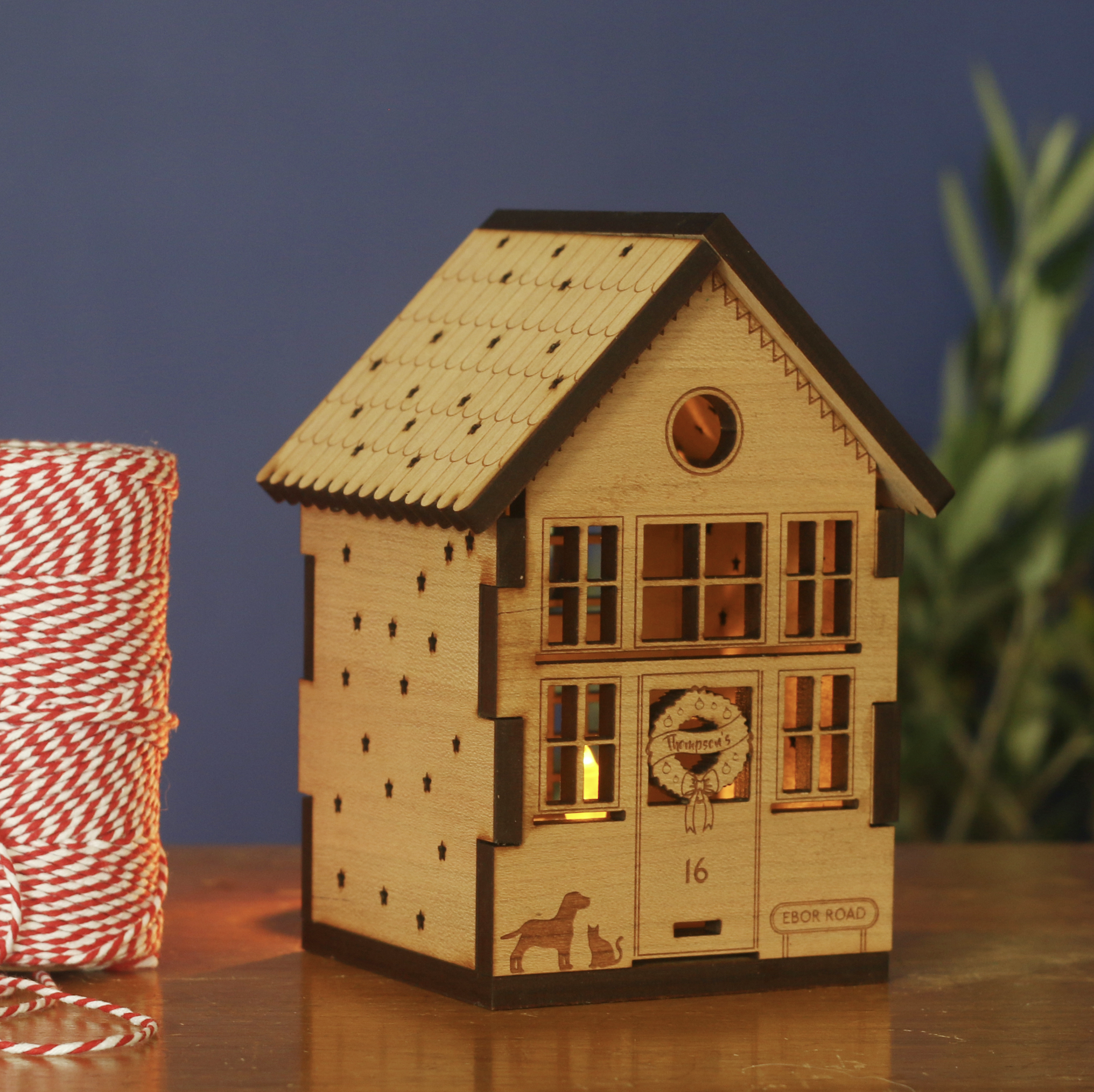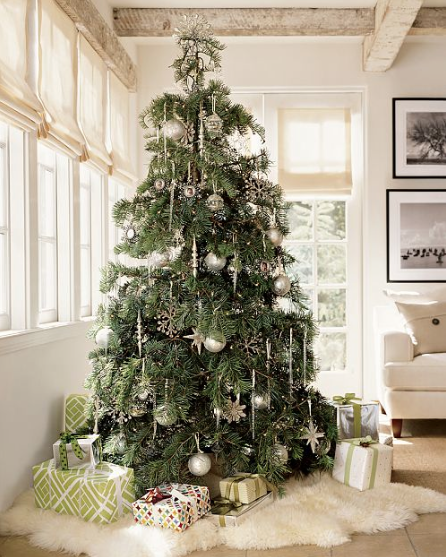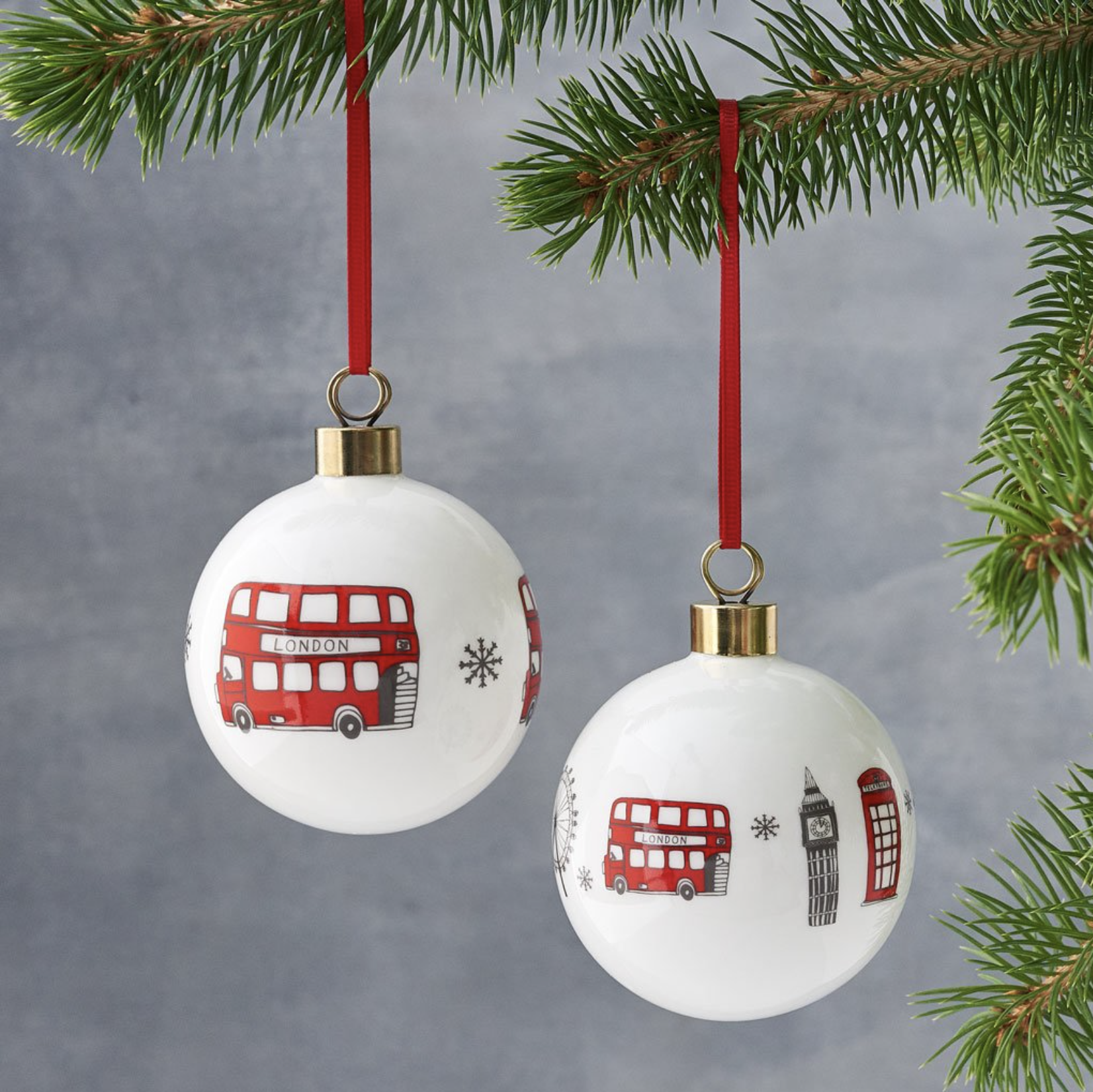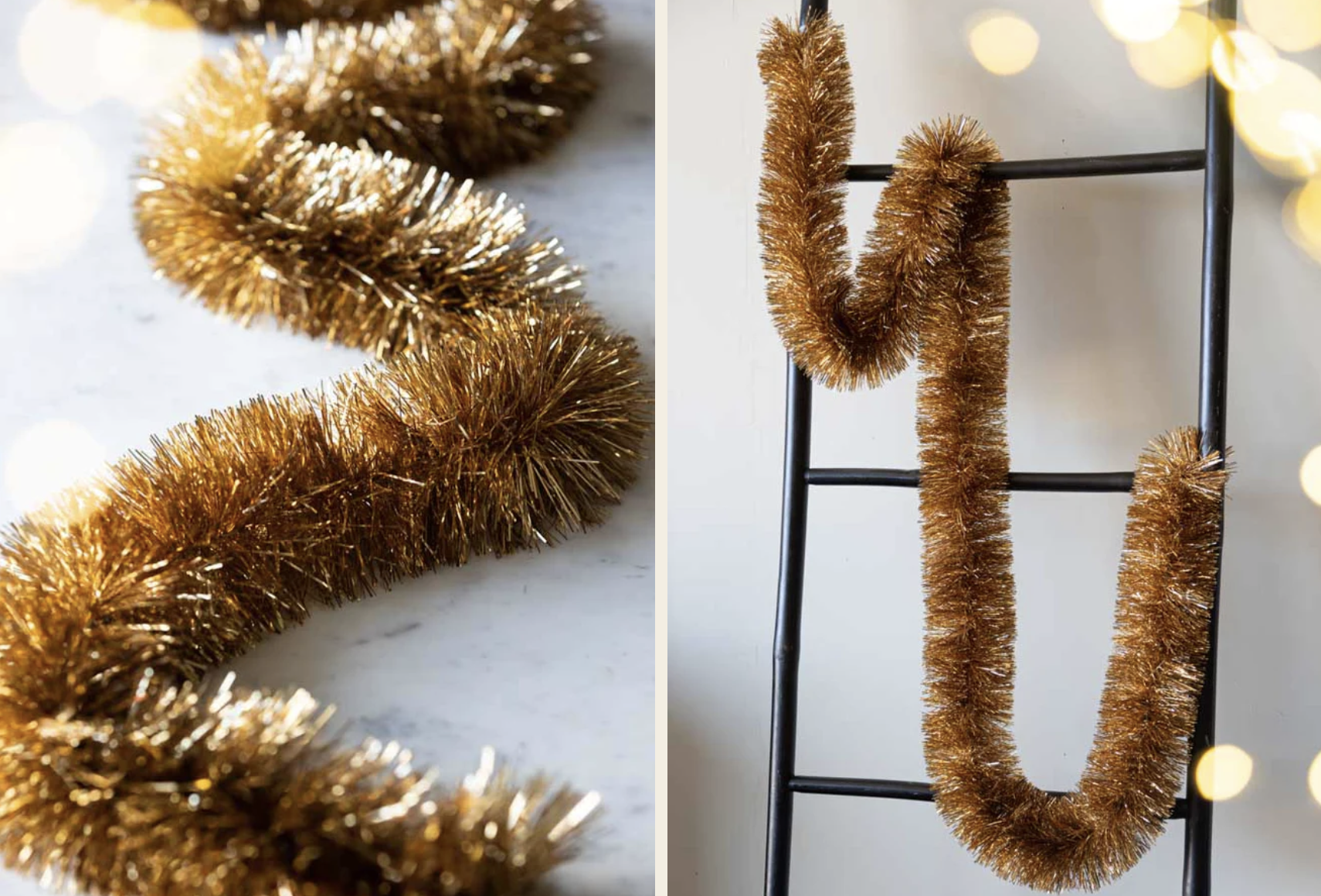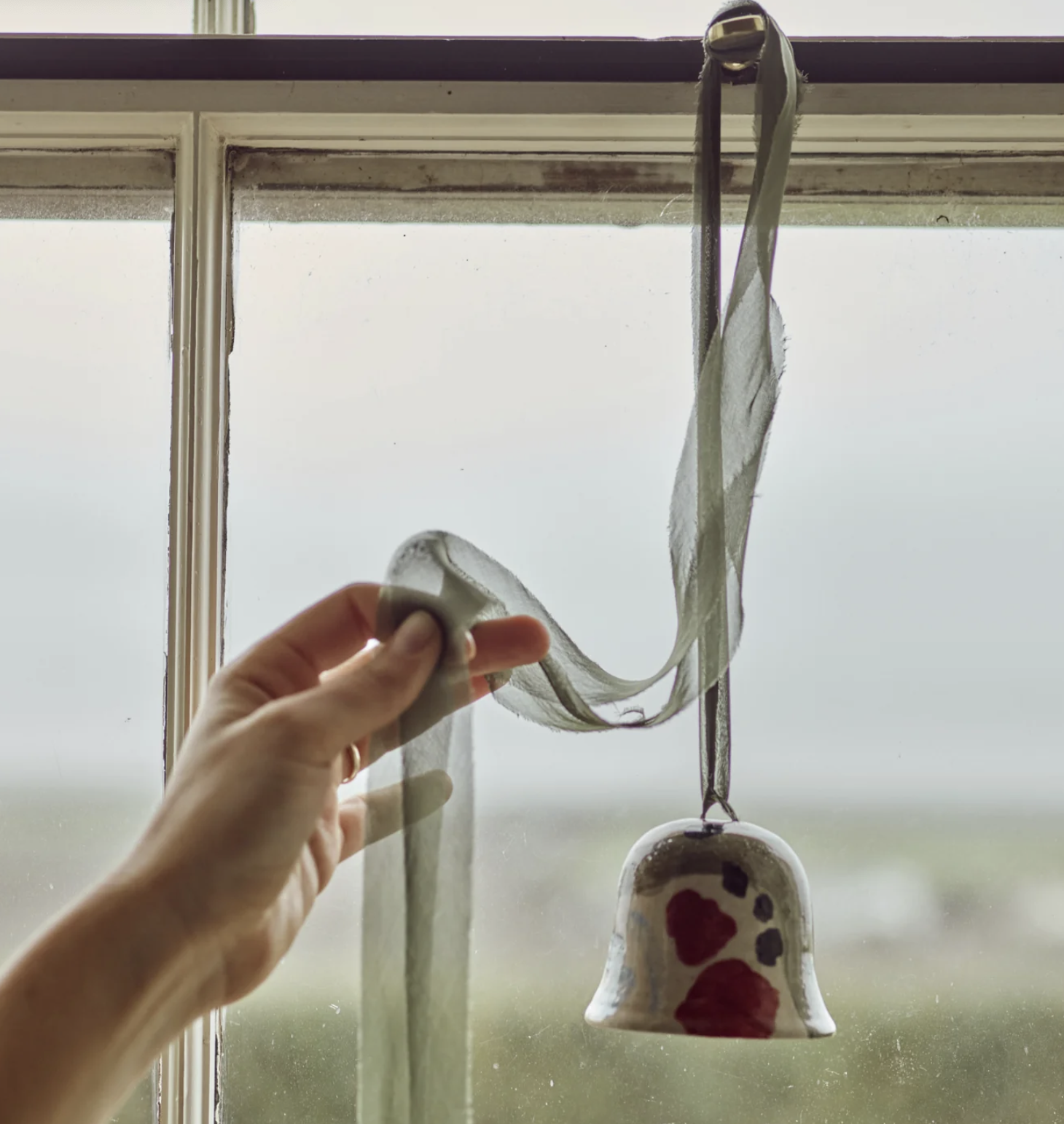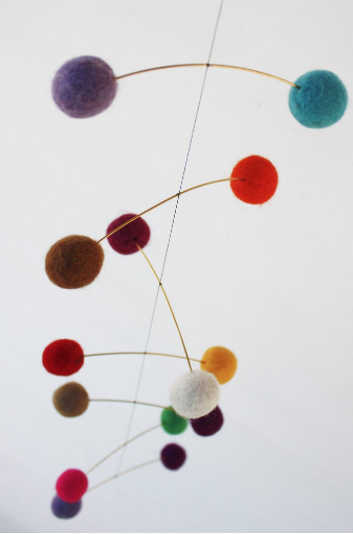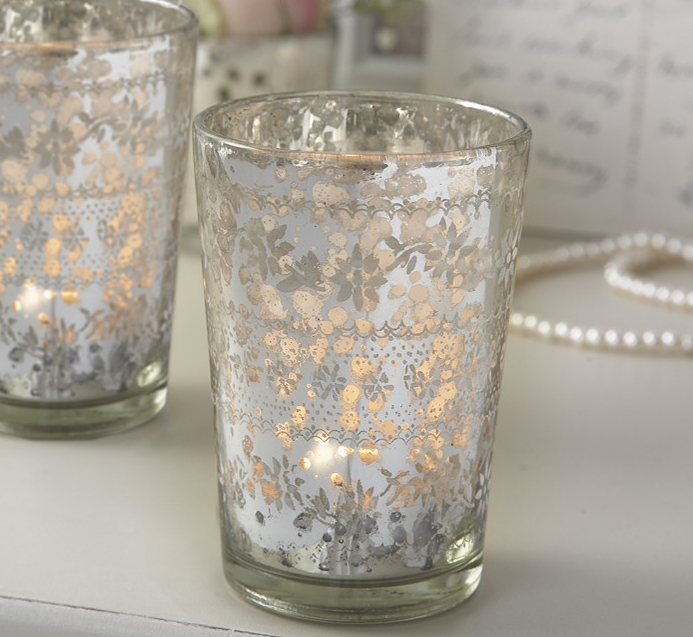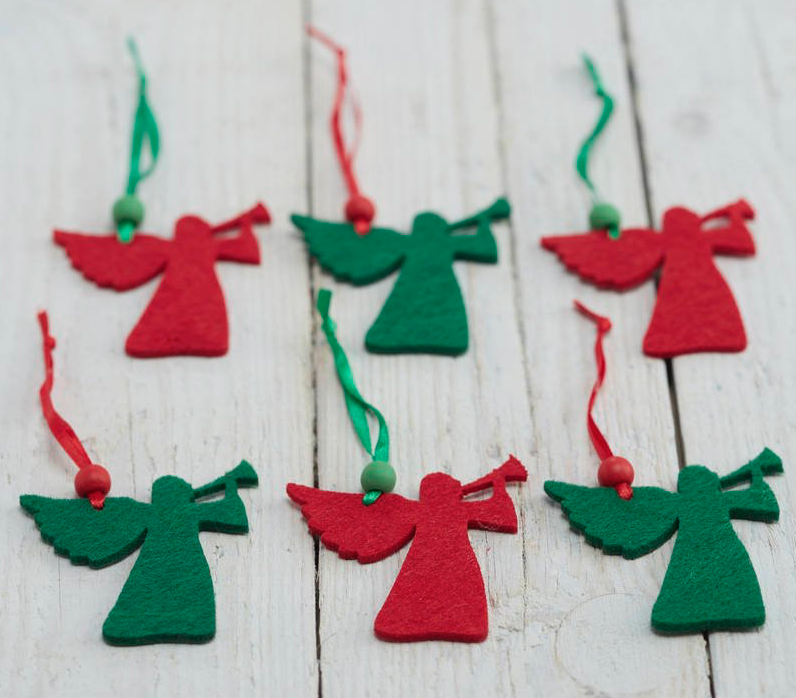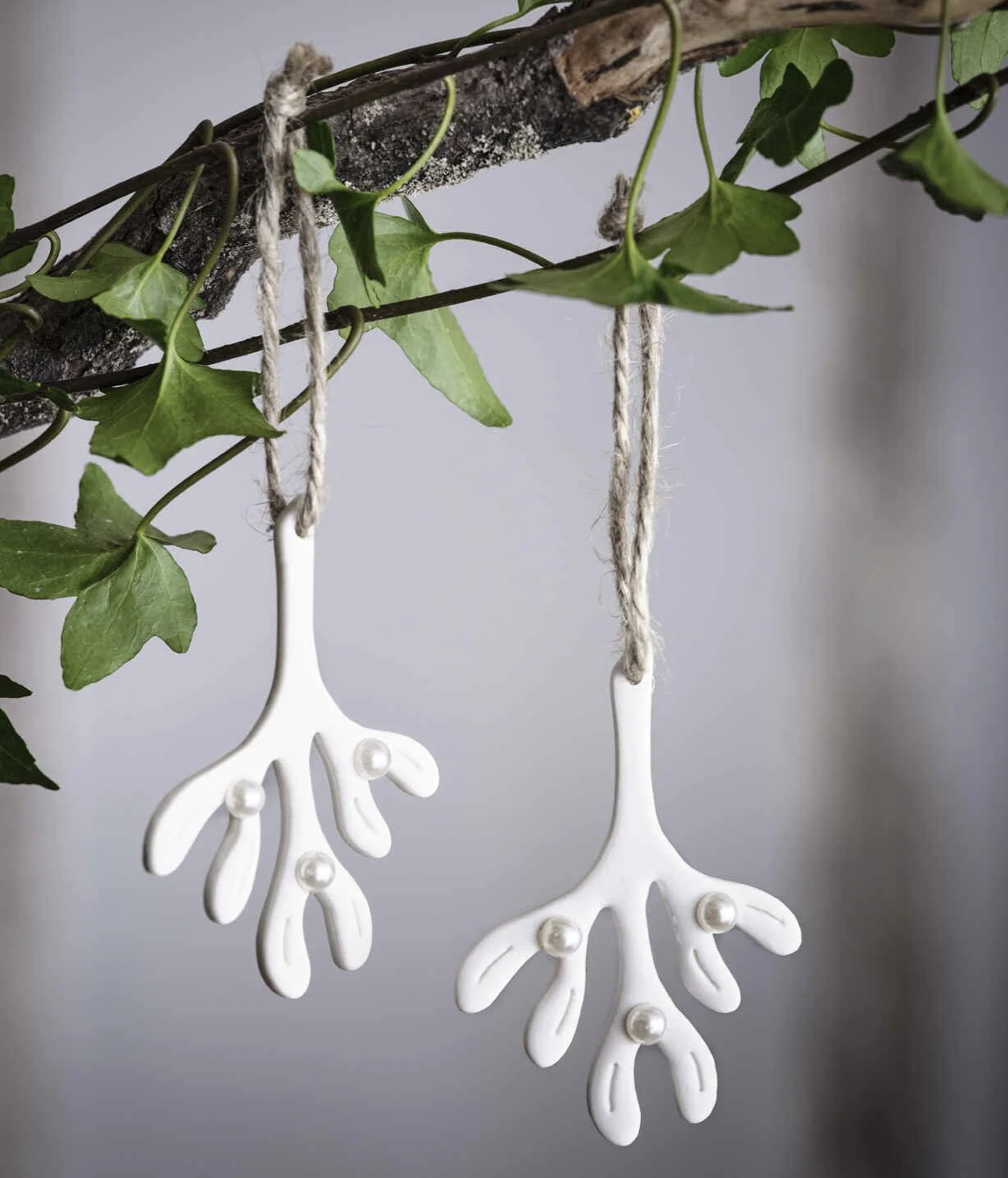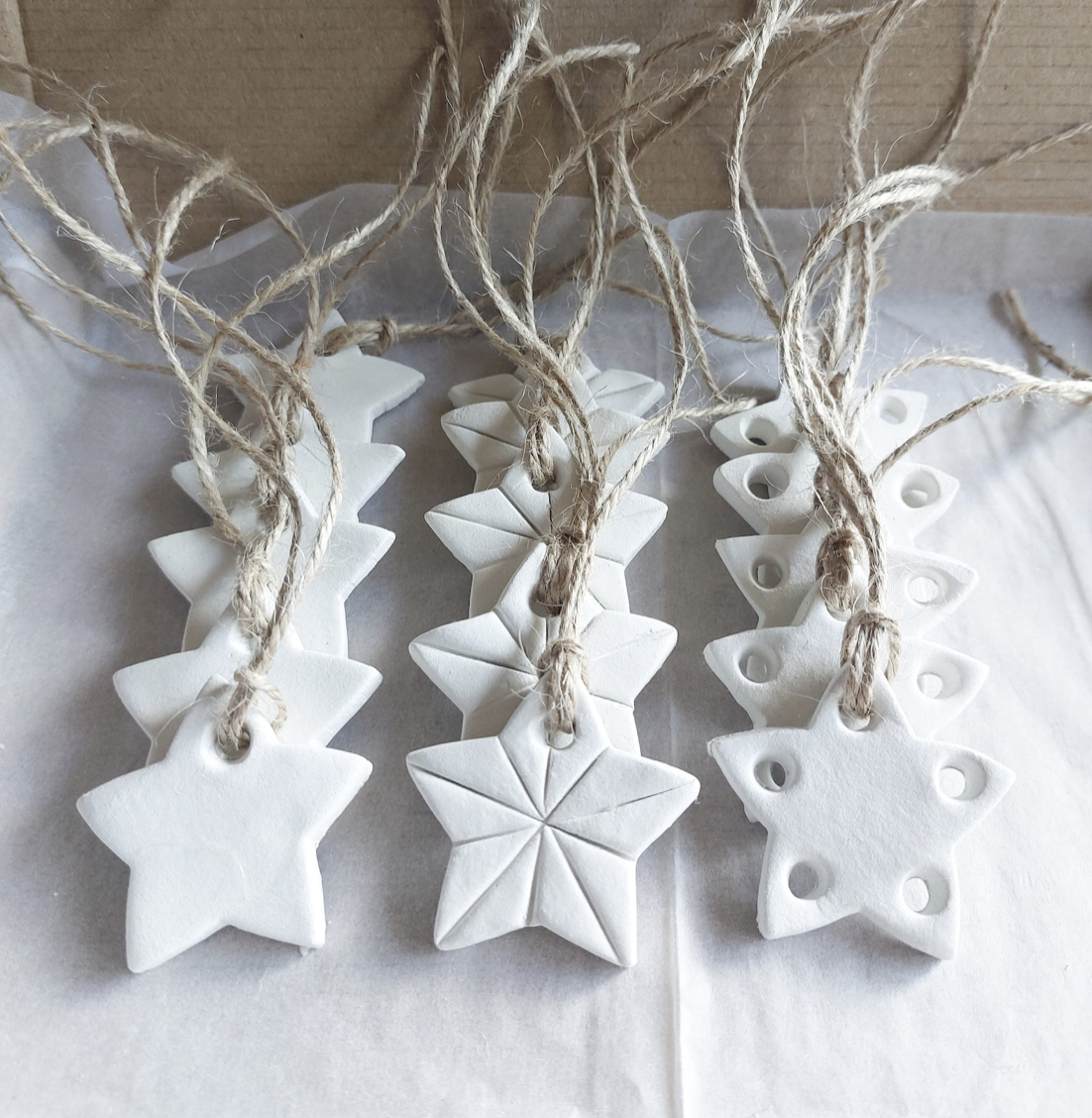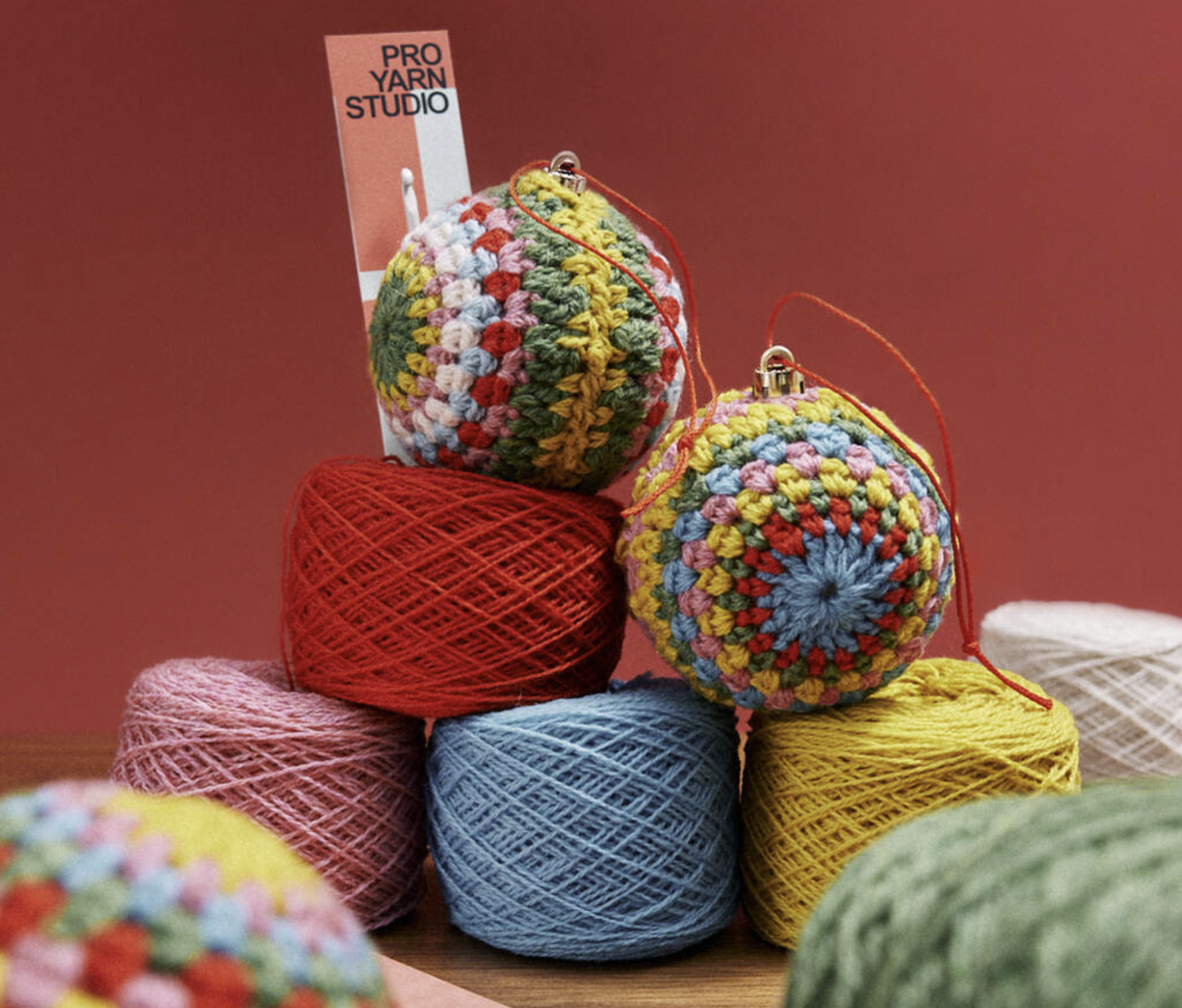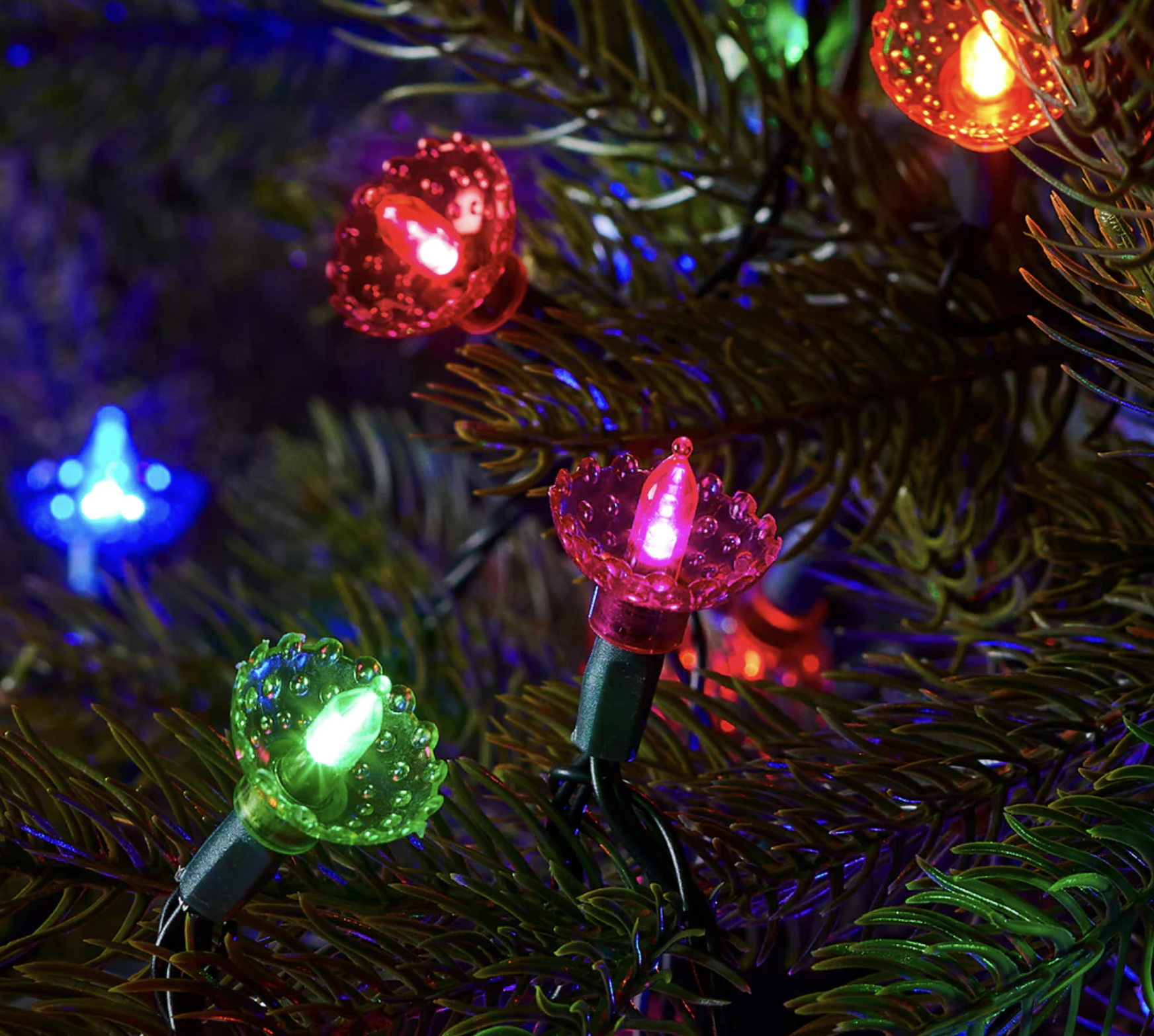Eco-friendly Christmas decorations
Putting up decorations is one of the joys of Christmas. But given that tinsel is made from PVC and so doesn't score highly on the eco points chart, with what should we deck the halls? Kay Hill has some sustainable suggestions

Christmas is a time to indulge in all things twinkling and sparkling..and wooden. So starting with a tree, take a look at reusable Habitrees. They come in many sizes, are made from Kebony wood in Denmark, offer scope to indulge your decorative/minimalist desires ...and they look very modern in themselves. Pictured above: Habitree trees start at 91 euros..about £77. Click here for more on Kebony
*Click on images to see them in larger format with full caption info
Most of us like the idea of a real Christmas tree, don't we, even if needles all over the floor mean its charm swiftly palls. Yet real trees aren't necessarily the eco option.
A real tree?
Christmas trees are farmed and while they're growing they capture carbon dioxide as all trees do (but with the addition of lots of nasty agrochemicals). Most are then cut at the base of the trunk, meaning the death of a lovely tree for our enjoyment (feeling guilty yet?) and are carried around the country on trucks creating pollution. But when they are dead they can be recycled as compost, or will fully biodegrade (aah, that’s better).
Artificial trees often come from China and are usually made from difficult-to-recycle PVC that comes from petrochemicals (boo, hiss). But they are shipped once, collected from the store once, then re-used for an average of six to 10 years; while the real tree buyer rushes around using petrol up every festive season. Oh and nothing dies.
Deco suggests: If you have a garden, try to buy a real tree with roots that you can plant out after Christmas, that way you keep your tree doing its carbon sequestering job for much longer. If you need the convenience of an artificial tree consider buying a secondhand one, or consider a foldable wood design such as Habitree's Kebony wood tree.
Tinsel?
Originally, believe it or not, tinsel was made from real silver, and later on from lead. These days it is usually a metallicised PVC that is impossible to recycle. Vintage heavy metal tinsel and lametta does crop up on auction sites, but given that lead is highly toxic it's not a sensible thing to have in your home.
Deco suggests: Time to be creative. If you’re in the country get outside and pick some holly, ivy and fir fronds to use as garlands. Make or buy paper chains and garlands (there’s a big Seventies revival this Christmas, so they're everywhere) or pop some corn and thread onto (organic) cotton for DIY recyclable “tinsel”. There, bet you hadn't thought of that one!
Fairy lights?
A report from the Energy Saving Trust and GoCompare discovered that a display of 100 traditional five-watt bulbs switched on for a rather conservative six hours a day over the festive period will consume 207 Kwh, the equivalent of 22.8 days of the average British household's electricity consumption.
Deco suggests: Choose LED lights – they are not only much less prone to breakages, but they use 90 per cent less energy than traditional filament lights. In addition, put your Christmas lights on a timer to shut off at night.
Tree decorations?
Thankfully, the trend for chucking out your decorations each year in order to buy a mono-coloured new set in whatever is this season’s “trendy” shade has died out in favour of a nostalgic, anything-goes when it comes to decorating a tree.
Deco suggests: Build up a collection of pieces you really love which will last for years. And keep some of those decorations your children make at junior school – wonky pine cone angels, cotton wool snowmen..as when they've flown the nest your heart will be warmed by those little mementoes.
Christmas cards?
E-cards may be green, but they don’t go on the mantelpiece and they take too little effort to mean much.
Deco suggests: Take the trouble to send real cards, which, being paper, are recyclable. Buy direct from reputable charities where all the sales proceeds go to that charity. Note that charity Christmas cards from big stores vary enormously - last Christmas Which? found that Asda was the least generous, donating just 20p from the £3 sales price of its charity Christmas cards, while John Lewis came tops at 25 per cent.)
The trading arm of The Leprosy Mission www.tlmtrading.com is especially good for religious themed cards, while children’s charity Barnardo’s has a huge selection of contemporary, humorous and kids' cards. Oh and don’t forget to save last year’s cards to recycle into gift tags.
Tabletop
Try your hand at using natural greenery for decoration, as recommended by Larissa Cairns, creative director at The Linen Works. She suggests cinnamon sticks, sprigs of rosemary, pine stalks and berries to create impromptu napkin rings tied with garden twine. Do watch what berries you use though....mistletoe, holly, ivy and yew berries are all poisonous, and therefore probably best avoided.
